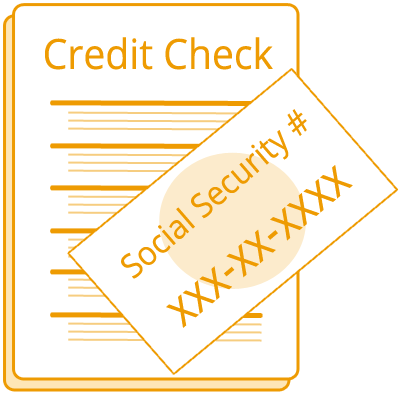January 26, 2012 (Shirley Allen)
Foreclosure activity in California fell nearly 14 percent in the fourth quarter of 2011 compared to the previous quarter and was at the second lowest level in more than four years according to real estate information provider DataQuick.
A total of 61,517 Notices of Default (NoDs) were recorded in the fourth quarter of 2011, down 13.7 percent from the 71,275 NoDs recorded in the third quarter and down 11.9 percent from the 69,799 NoDs recorded in the same quarter in 2010.
The number of NoDs in the fourth quarter was the second lowest amount since the second quarter of 2007 when 53,943 NoDs were recorded. Only the second quarter of 2011 had a lower amount of NoDs during that time with 56,633 recorded. The record amount of NoDs ever recorded were 135,431 in the first quarter of 2009.
Most of the loans that are still going into default today originated during the 2005 – 2007 time period and are generally serviced or owned by institutions that did not make the original loan.
John Walsh, president of DataQuick, stated, “We are certainly seeing a lower level of foreclosure activity than a year or two ago. The question is, how much of that decline is due to market conditions, and how much is due to policy changes that try to address economic distress and lower home values.”
Low cost areas with a median sales price of under $200,000 continued to carry the brunt of foreclosure activity in the fourth quarter with 9.7 default notices per 1,000 homes, but still down from 11.0 NoDs per 1,000 homes in the third quarter.
Homes in zip codes with $800,000 or greater median home prices only received 2.3 default notices per 1,000 homes, which was down from 2.8 NoDs per 1,000 homes in the third quarter.
The state average in the fourth quarter was 7.0 default notices per 1,000 homes, down from 8.1 NoDs per 1,000 homes in the third quarter.
Counties where mortgages were least likely to default were San Francisco, Marin, and San Mateo. The counties that experienced the highest level of defaults were Sacramento, San Joaquin and Stanislaus.
Distressed property sales made up 53.5 percent of all re-sales in California during the fourth quarter of 2011, up from 52.0 percent in the third quarter.
Foreclosure re-sales accounted for 33.7 percent of the quarter’s resale activity, down from 34.2 in the previous quarter, while short sales made up about 19.8 percent of all re-sales for the quarter, up from 17.8 percent in the third quarter.
California homeowners were a median nine months behind on their payments when the lender filed the Notice of Default on their primary mortgage, up from eight months behind in the last quarter.
The average amount of time that it took to foreclose on a home after a NoD was received was 9.7 months, down slightly from 9.9 months from the third quarter of 2011 and up from 8.8 months in the same quarter of 2010.
“Five years ago almost all mortgage payment delinquencies would have triggered a default notice after a certain amount of time. Strategies now include short sales, refinances, interest rate changes, principal reduction as well as just plain waiting longer. It will be interesting to see how this plays out as the economy improves and the housing market finds its footing,” Walsh added.
Tags: California, defaults, notice of default, NoD, bank policy changes, legal challenges, politics, median sales price, distressed properties, foreclosures, short sales
Source:
DataQuick


